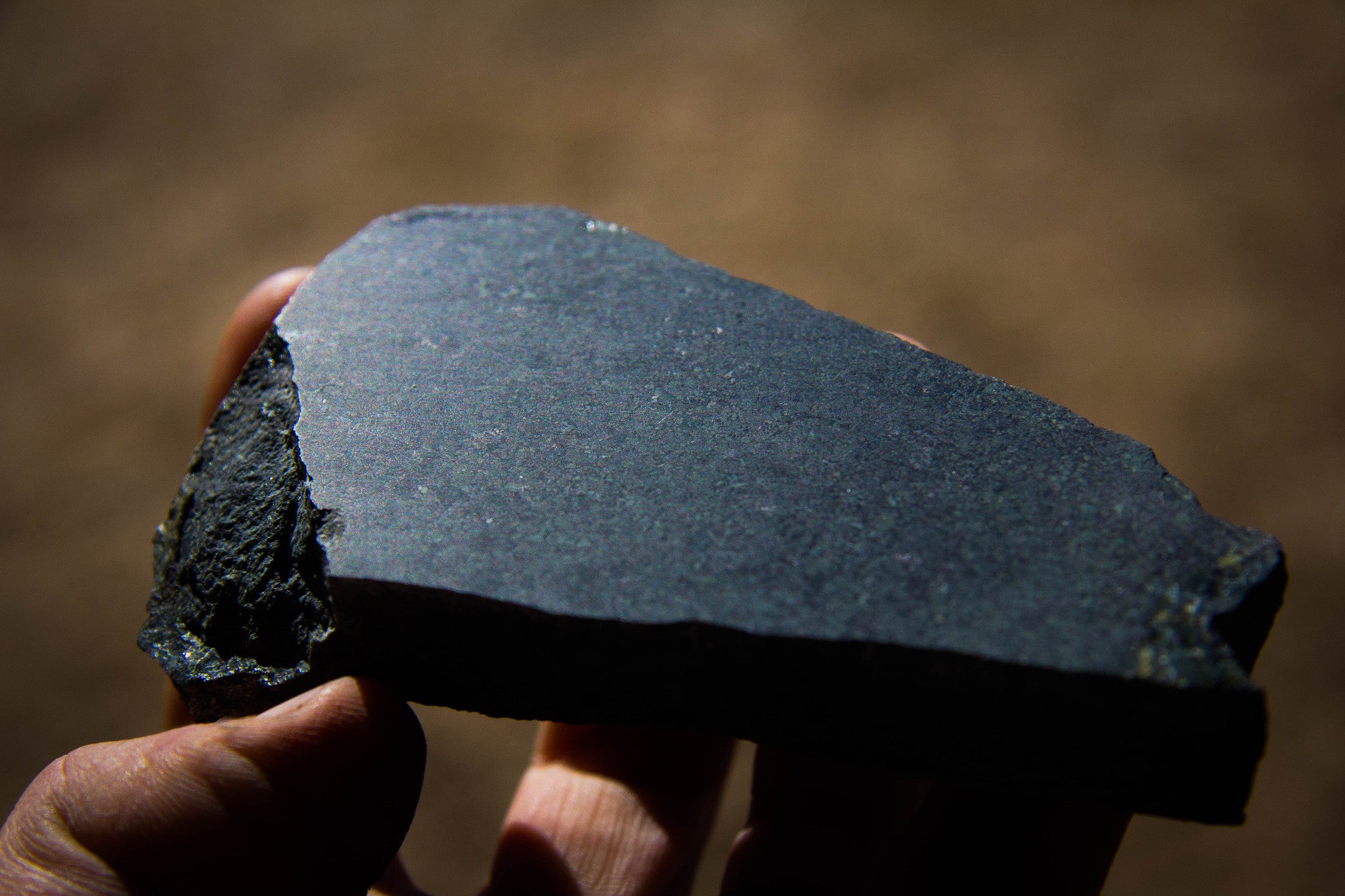Roy Underhill's books, I believe, are vastly underrated. It seems that every page contains not only loads of useful information about hand-tool woodworking, but historical context, interesting anecdotes, folklore, and typical Roy hilarity. Really, stuff that you can't find anywhere else.
Paging through one of his books (The Woodwright's Companion) recently, I stumbled upon a short chapter about whetstones. The popular opinion of today is that we need a wide array of dead-flat, precisely-graded sharpening stones in order to keep our tools sharp and usable, but this isn't the case historically. Roy mentions that in many old towns in Europe, the stone step of the stairway of a certain house was often discovered incidentally to be a good whetstone, and you can still see the wear of generations of tradesmen bringing their tools to sharpen on their neighbor's front step. Whetstones were found, not bought, until very recently. Identifying a decent stone, with a propensity to wear away and prevent glazing but hard enough to cut chisel steel and finely-grained enough to polish a shaving edge, is a high art.
Fortunately, Roy does some of the homework for us. There's a list in this chapter of whetstone localities, and one of them happens to be right up the road from the furniture studio. It's called "Huronian serpentine novaculite", no exact location given but fortunately I'm a bit of a geology geek. Serpentinite is often a modified peridotite, and I know all about the local metamorphic peridotite location because, well, peridotite happens to be my favorite variety of intrusive ultramafic igneous rock (doesn't everyone have a favorite intrusive igneous rock?). Joshua and I were dropping off a table a few miles past this locality, so we stopped by on the way back through.
We gathered a few samples of the weird greenish rock from the old quarry and brought them back to the studio. After mulling over the best way to flatten the rocks, we decided on using sticky-back 80-grit sandpaper on the bench. After a bit of elbow grease (and a few finer grits), we had two nicely flattened and quite beautiful stones ready for a test run.

The traditional "honing oil" for the hand-cut whetstone is, of course, spit. This works fine, but it can get kind of gross when 2 people are using the same stones. So I recommend a light oil. I found that the stones we'd worked are perfectly capable of putting on a shaving edge on both a chisel and on my whittling knife. Although a bit slower-cutting than a synthetic waterstone, there's something compelling, even magical, about sharpening your tools on a stone that you yourself found in the woods. I really recommend it! And buy Roy's books. They are terrific.

~Mike Updegraff


